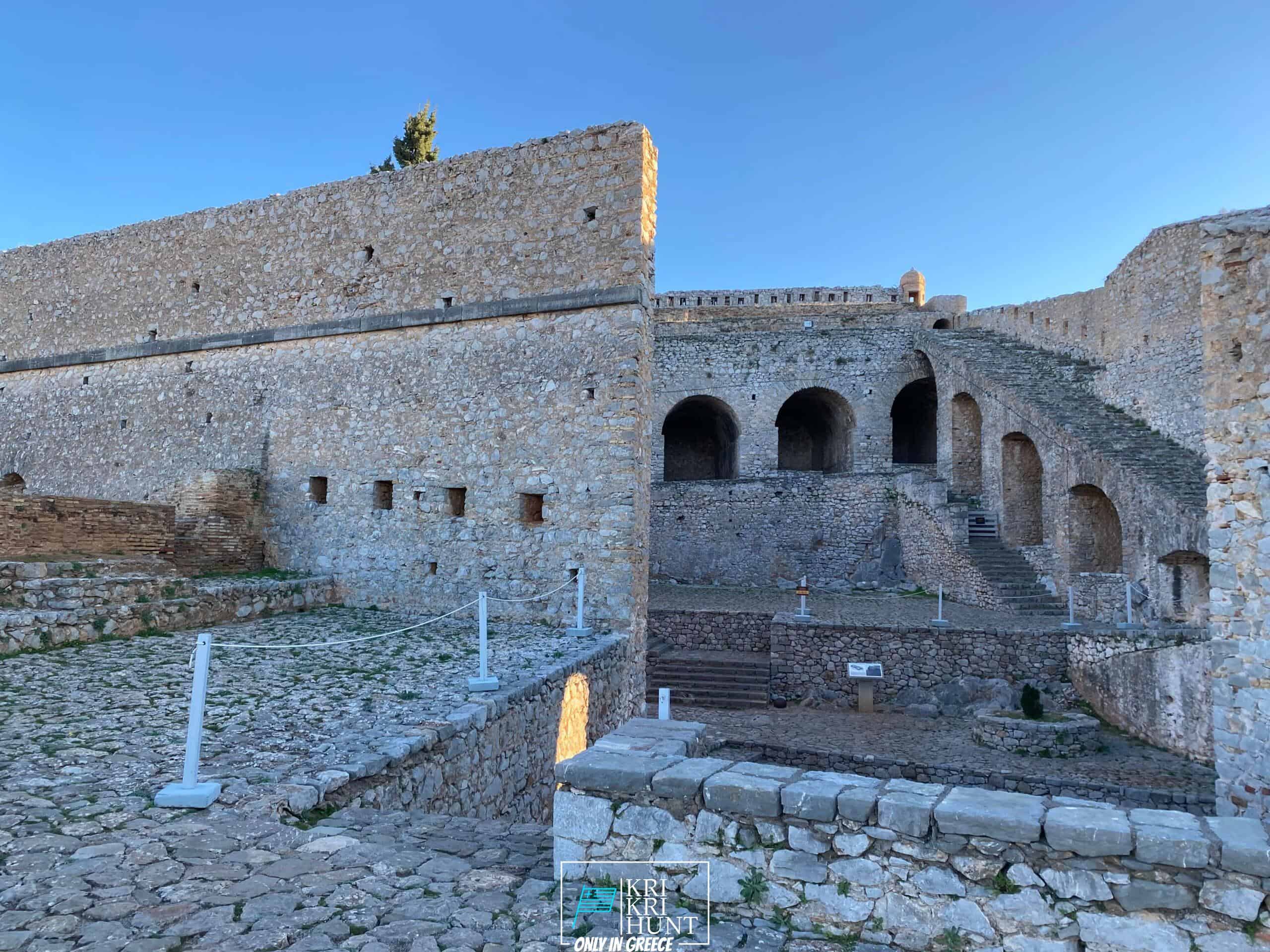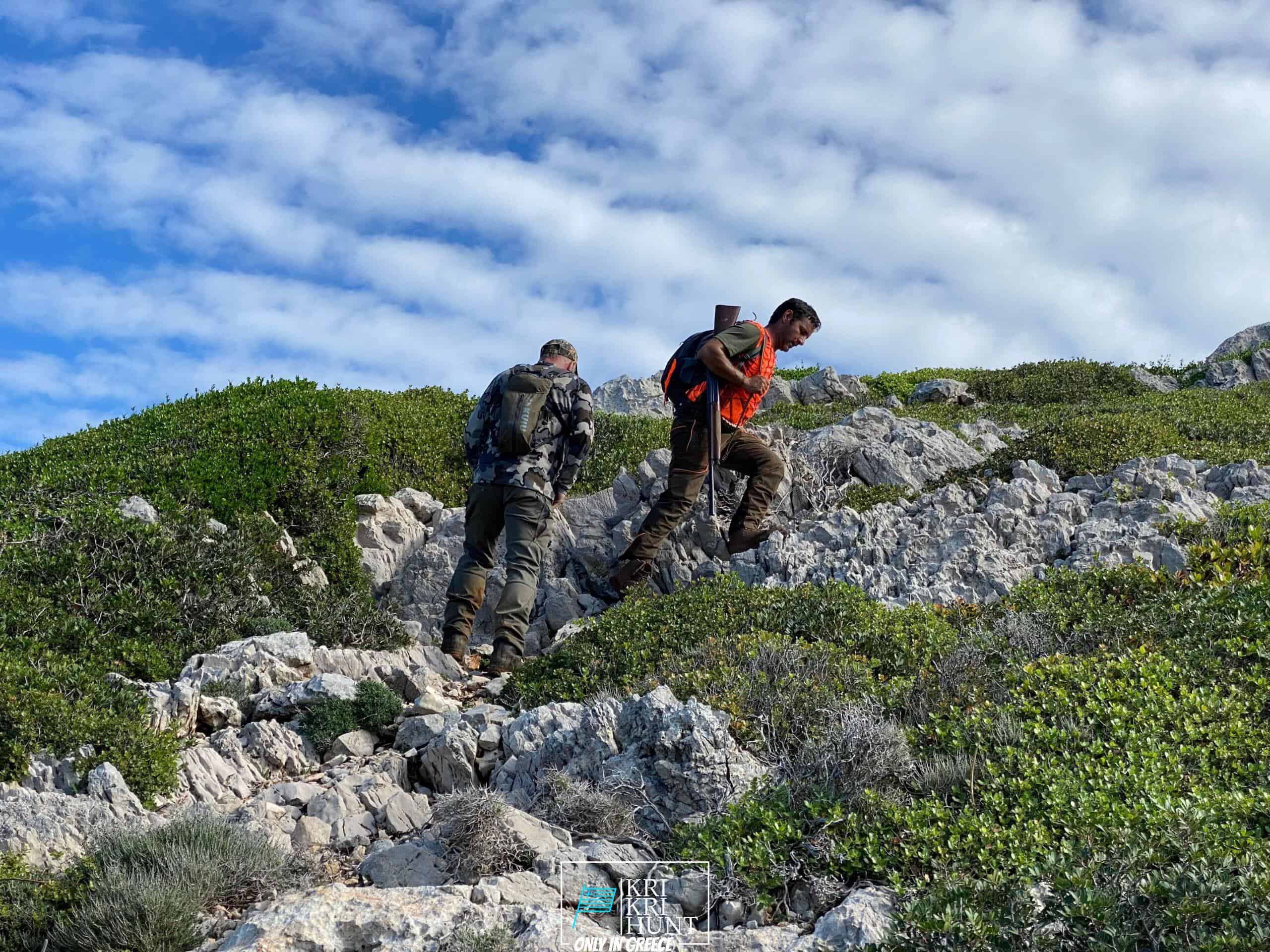Kri-kri ibex searching in Greece
Kri-kri ibex searching in Greece
Blog Article

This ibex hunt is various from those experienced by the majority of hunters! It's an amazing vacation as well as searching experience simultaneously when searching for Kri Kri ibex in Greece. A five-day exploration diving for shipwrecks and spearfishing includes hunting for Kri Kri ibex on an exotic island. What else would certainly you like?

Searching Kri-Kri Ibex on Sapientza Island is a fulfilling yet challenging job. The ibex stay in sturdy, rocky terrain that can conveniently leave you without footwear after just two journeys. Capturing a shotgun without optics can additionally be a tough task. However, the hunt is well worth it as the ibex are several of one of the most gorgeous animals in the world. Greece is a fantastic country with an abundant background and society. There are numerous tourist possibilities offered, consisting of hiking, taking in the sights, as well as obviously, hunting. Greece supplies something for everyone as well as is definitely worth a visit.
Our exterior hunting, fishing, and also complimentary diving excursions are the excellent means to see whatever that Peloponnese has to provide. These excursions are designed for tourists who wish to get off the beaten path as well as truly experience all that this extraordinary region has to supply. You'll reach go hunting in a few of one of the most lovely wilderness areas in Greece, fish in crystal-clear waters for a selection of different types, and also totally free dive in some of one of the most magnificent shoreline in the Mediterranean. As well as most importantly, our seasoned guides will certainly be there with you every step of the method to ensure that you have a safe and also enjoyable experience.
Look no even more than the Sapientza island in Greece if you are looking for Kri Kri ibex hunt and also unforgettable trip destination. With its spectacular natural beauty, scrumptious food, as well as abundant culture, you will not be let down. Book among our searching and also exploring Peloponnese Tours from Methoni today, dot forget your prize Kri Kri ibex!
What is the diference between Kri Kri ibex, Bezoar ibex and hybrid ibex
The kri-kri is not thought to be indigenous to Crete, most likely having been imported to the island during the time of the Minoan civilization. Nevertheless, it is found nowhere else and is therefore endemic to Crete. It was common throughout the Aegean but the peaks of the 8,000 ft (2,400 m) White Mountains of Western Crete are their last strongholds–particularly a series of almost vertical 3,000 ft (900 m) cliffs called ‘the Untrodden’—at the head of the Samaria Gorge. This mountain range, which hosts another 14 endemic animal species, is protected as a UNESCO Biosphere Reserve. In total, their range extends to the White Mountains, the Samaria National Forest and the islets of Dia, Thodorou, and Agii Pandes.
This Ibex is NOT a diminutive form of the Bezoar Ibex, which has migrated into the western-most reach of the range of this species. The kri – kri (Capra aegagrus cretica), sometimes called the Cretan goat, Agrimi, or Cretan Ibex, is a feral goat inhabiting the Eastern Mediterranean, previously considered a subspecies of wild goat. The kri-kri has a light brownish coat with a darker band around its neck. It has two horns that sweep back from the head. In the wild they are shy and avoid tourists, resting during the day. The animal can leap some distance or climb seemingly sheer cliffs.
“The agrimi goat Capra aegagrus cretica is unique to Crete and its offshore islands. It has been identi®ed as a sub-species of the wild bezoar goat Capra aegagrus aegagrus Erxleben, 1777, which it closely resembles in horn shape, body form and coloration. This classi®cation has been disputed by some researchers who claim that the agrimi are feral goats, derived from early domestic stock brought to the island by the ®rst Neolithic settlers. In order to clarify this issue, DNA analyses (cytochrome b and D loop sequences) were carried out on tissue of live and skeletonized agrimi and compared to sequences of wild and domestic caprines. Results conclusively show the agrimi to be a feral animal, that clades with domestic goats (Capra hircus) rather than with wild Asiatic bezoar. This study demonstrates that morphometric criteria do not necessarily re¯ect genetic af®nities, and that the taxonomic classi®cation of agrimi should be revised.”
Report this page